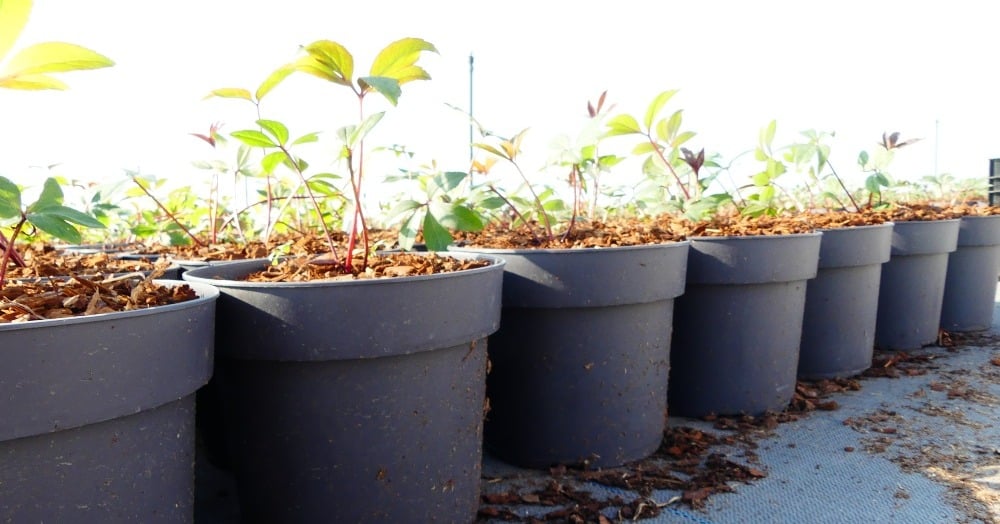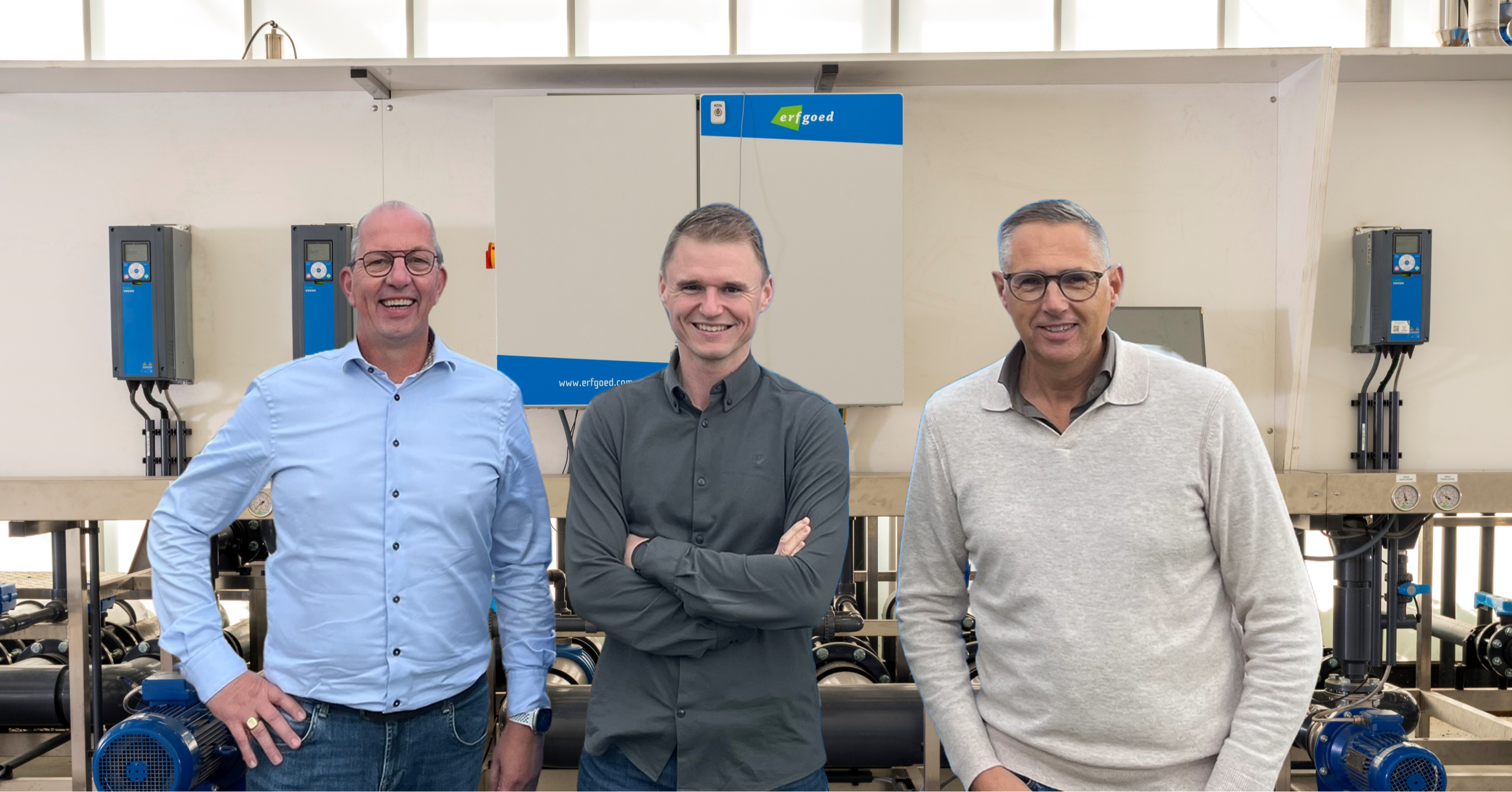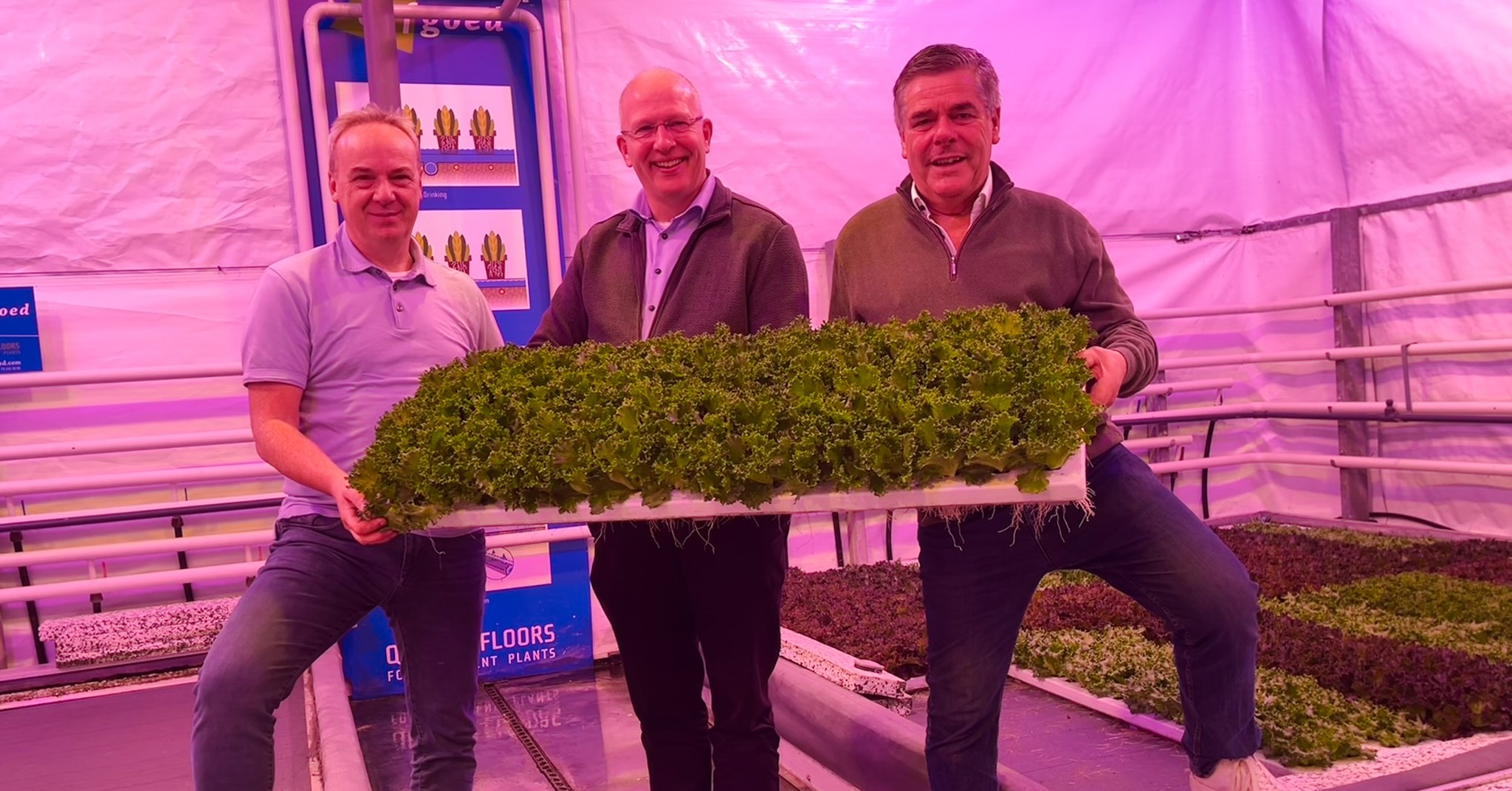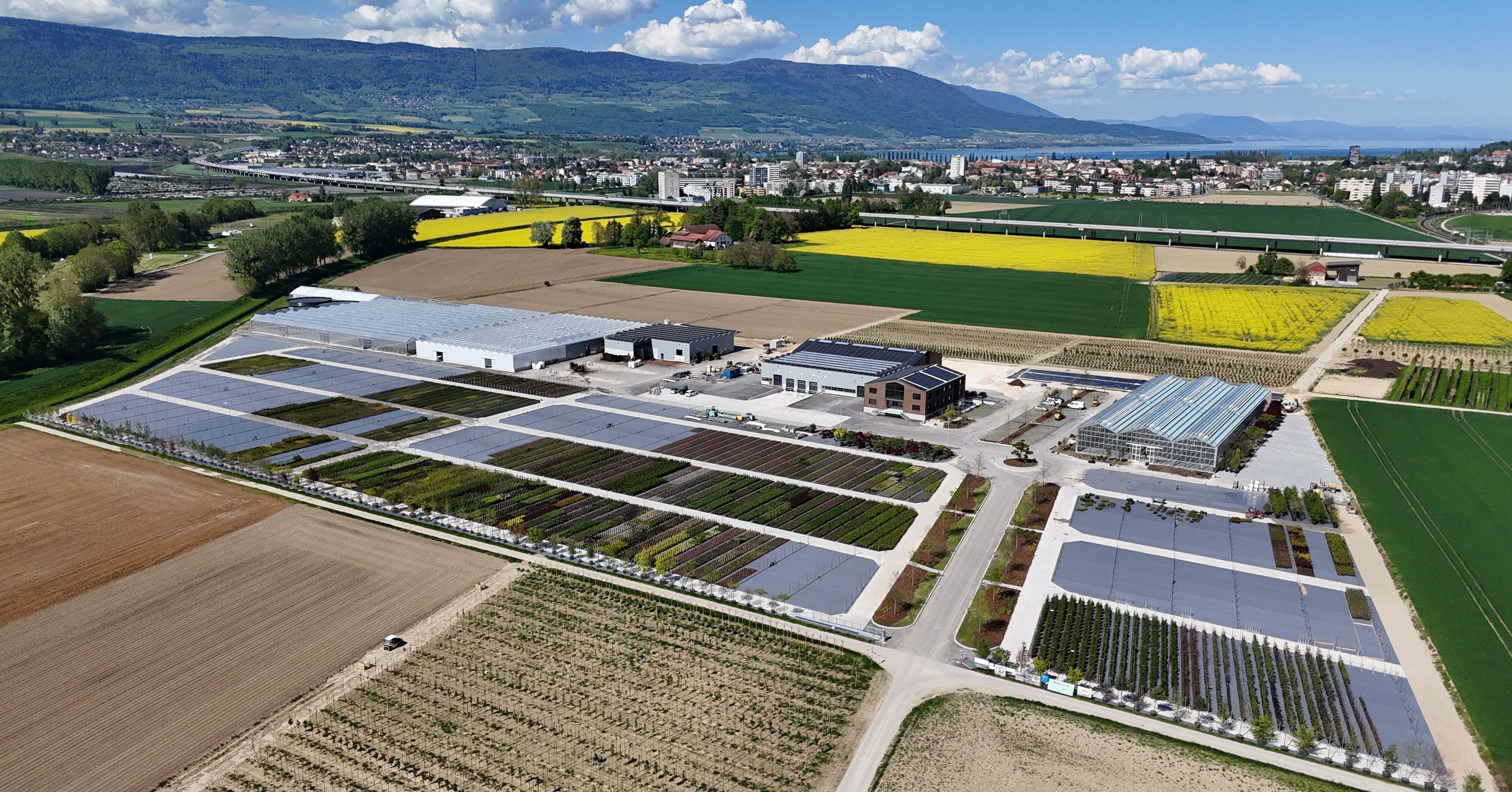- Prefer direct contact? +31 (0)79 593 38 00
- Language: English
Ground Cover versus ErfGoedFloor: the 7 main differences

Ground Cover versus ErfGoedFloor: the 7 main differences
Feb 28, 2023 12:20:54 PM
Choosing a new cultivation floor or surface for your greenhouse or outdoor field is difficult; numerous options exist. For example, you can opt for an ErfGoedFloor Excellent, as well as a ground cover (Fabric Floor). These surfaces may look very similar at first glance, but nothing could be further from the truth. In this blog, we list their main differences to help you make the right choice.
- Ebb and flow system/reuse of water
- Investment and space utilization
- Labor savings
- Internal transport/automation
- Microclimate control
- Saving on energy costs
- Flexible cultivation
1. Ebb and flow system/reuse of water
Creating an ebb and flow with a ground cover is impossible, whereas an ErfGoedFloor Excellent is equipped with an ebb and flow system as a standard. This offers cultivation advantages: the plants all receive the same amount of water simultaneously. This results in uniform growth and flowering and better quality.
With overhead irrigation, as is most common with a ground cover, it is difficult to achieve even watering, leading to un-uniform growth and flowering. Also, collecting and reusing water is not possible with a Fabric surface, something that is already mandatory in many countries. Because of this, this cultivation floor is not always an option.
2. Investment and space utilization
A ground cover is considerably cheaper [in terms of purchase price] than an ErfGoedFloor Excellent. As a result, this cultivation floor comes into the picture earlier when financial resources are limited. Another advantage is that this floor scores well in space utilization for growing plants. This is also because the Fabric Floor has no frames or ebb and flow valves. The various types of ErfGoedFloors also show good space utilization.
3. Labor savings at the nursery
Working with an ErfGoedFloor Excellent requires less labor than a ground cover. And so the labor costs are lower. This is due in part to the fact that there is more uniform growth. As a result, a bed can be cleared more quickly at harvest time; a grower does not have to "pick up" plants as often or condense them.
The fact that an ErfGoedFloor results in better quality also saves labor. Because there is less variety in grades, the packing and preparation for sale is much faster. There is also less waste and, therefore, less clean-up. In addition, uniformity also makes investing in labor savings pay off faster.
Working efficiently is sometimes difficult with ground cover. This is because the irrigation water sinks through the fabric into the soil, making the ground 'soft.' In the case of clay soil, it stays wet for a long time, creating holes and puddles, making the area unsafe for work.
4. Internal transport/automation
The ErfGoedFloor is so sturdy that internal transport can easily be automated. This results in additional labor savings. For example, forklift trucks with wide pneumatic tires can drive on the ErfGoedFloor. This is not possible with a floor with only ground cover. In many cases, the fabric is not stable or secured enough.
5. Microclimate control
When growing on ground cover, controlling the microclimate is impossible. As a result, warm periods have a greater impact on plants and plant growth.
However, with the ErfGoedFloor Excellent, the microclimate can be influenced by underfloor heating. In addition, in the summer, the crop can be cooled by putting a layer of water in the floor. The rock takes on the water's temperature, lowering the temperature of the roots and climate around the plant. The ErfGoedFloor surface layer is a grey color that also reduces the temperature around the plant.
6. Saving on energy costs
When the Fabric Floor is on an outdoor field, there is no difference in energy savings with an ErfGoedFloor. However, when the ground cover is inside the greenhouse, it is more difficult for water to drain away. This causes the humidity to rise, making dry heating necessary. This costs a lot of energy. This is not a problem with an ErfGoedFloor; the water drains away immediately.
7. Flexible Cultivation
By flexible cultivation, we mean the possibility of placing several varieties and plants of different sizes on a floor. The size of a plant does not matter with a fabric floor, but the type of plant does. For example, sensitive plants are more challenging to grow on this floor; the chance of fungal diseases is greater.
This is different with an ErfGoedFloor: here, there is minimal risk of diseases, and plants of different types and sizes can be grown on this floor. This is because excess water is drained through the floor.
Want to know more about the best greenhouse floor for your plants?
We understand you are looking for an excellent plant-growing environment. As you read, a surface has a lot of effect on this result. We have created a 'cheatsheet' from our experience with surfaces. Take a look at the comparisons and choose which surface suits your type of crop best. More questions about Greenhouse flooring? Check this page with all the answers. Instead, contact us directly? Fill in the form here.





